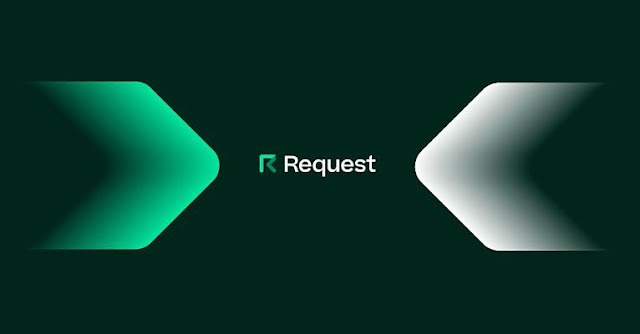Request (REQ)
What Is Request (REQ)?
The Request (REQ) utility token, launched in 2017, ensures the performance and stability of the Request Network. The Request Network itself is an Ethereum-based decentralized payment system where anyone can request a payment and receive money through secure means. It removes the requirement for third parties in order to provide a cheaper, more secure payment solution that works with all global currencies.
When a user creates a request for payment, they define to which address the payment needs to be allocated and what the amount is. The user can also define the terms and conditions of the payment, upgrading a simple request into an invoice. Once this is completed, the user can share their request to be paid by their counterparty.
Every step is documented and stored on the Request network, allowing everyone involved to easily keep track of all the invoices and payments for accounting purposes.
Request is also integrated with legislation across the world to remain compliant with the trade laws of each individual country.
Who Are the Founders of Request?
The founders of Request are Christophe Lassuyt and Etienne Tatur.
Christophe Lassuyt is currently the chief financial officer at Request. Before this position, he co-founded MONEYTIS.
Etienne Tatur is the chief technical officer of Request. Prior to this, he also co-founded MONEYTIS and worked as a lead developer at QOBUZ, a music streaming service.
What Makes Request Unique?
The payments on Request are performed by simply sending an invoice through the blockchain; the counterparty can then detect the request and pay it with one click in a peer-to-peer manner. The fact that the payments are push-generated instead of pull-generated is one of Request’s key advantages. There is no need for users to share their account information. The use of blockchain technology also eliminates the need for third-party processors, resulting in a reduction in transaction costs.
The Request Network leverages decentralized blockchains such as Ethereum and IPFS for an increased level of security, privacy and data ownership for the end-user. The platform does have transaction fees, which is a cost that is required to broadcast a change to the blockchain network. The transaction fees are used to incentivize miners to reach consensus on the state of the network.
REQ can be stored on wallets such as Metamask, MyEtherWallet, Ledger, imToken, Trezor, Atomic Wallet, Jaxx Liberty and Trust Wallet.
Primary features of Request.
- The Request Network not only allows P2P transfers amongst people on the blockchain but also supports online payments at the touch of a button.
- The REQ network can create payment invoices in any currency almost instantaneously.
- Users can reinforce privacy in their transactions by refraining from sharing their bank details with anyone for a transfer.
Pros & Cons of Request coin.
PROS
- Users don’t have to share bank details with anybody – The network is private because users don’t have to worry about their bank details being misused.
- Ease of use – The system is easy to use because a single tap completes the transaction from the sender.
- Decentralised and truly anonymous – Since the REQ network operates on the blockchain, the transaction details are entirely decentralised and trustless.
- No third-party tracking data – No data leaks because third parties collect no data in the first place.
- Works regardless of location – The Request Network works worldwide without any fee, hassle, or paperwork.
CONS
- The user network is gradually getting adopted and hasn’t become completely error-free yet.
- The Request Network operates with cryptocurrencies – an asset class that still hasn’t been regulated in several countries yet.
How Is the Request Network Secured?
REQ is an ERC-20 token based on the Ethereum platform. The requests made with REQ are stored on an immutable digital ledger. This ledger also serves as proof for all auditing purposes.
Tags:
Cryptocurrency
